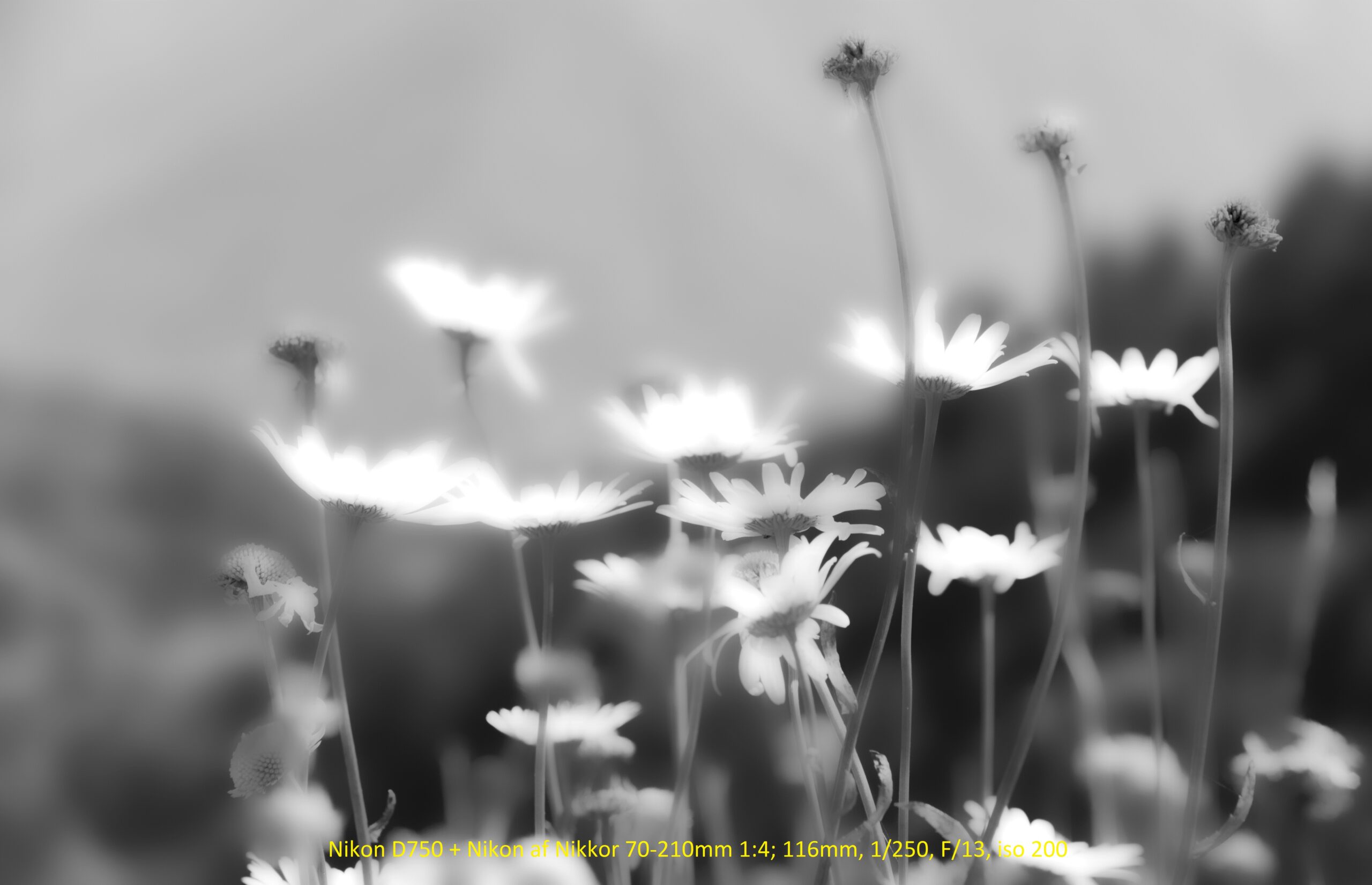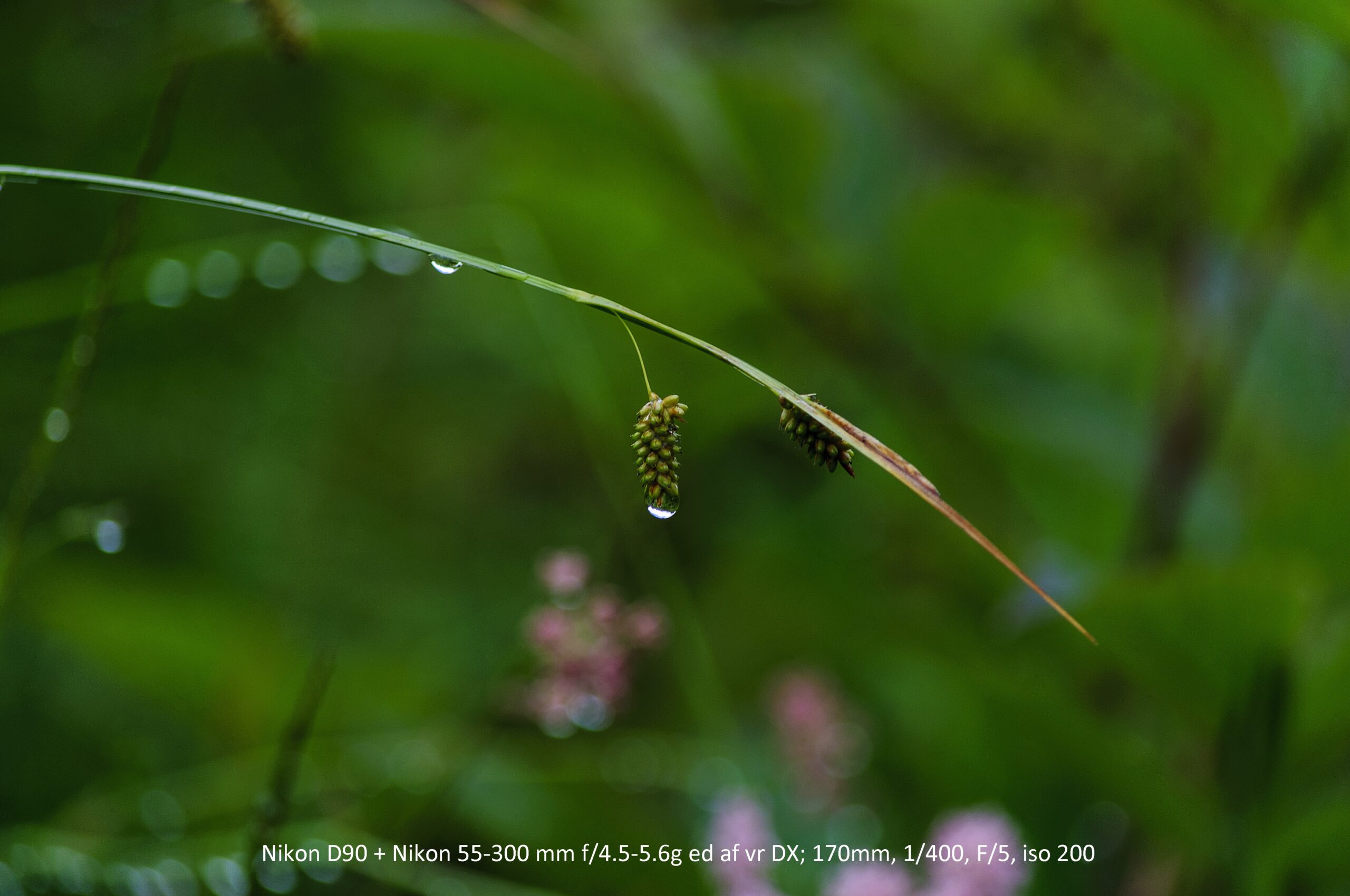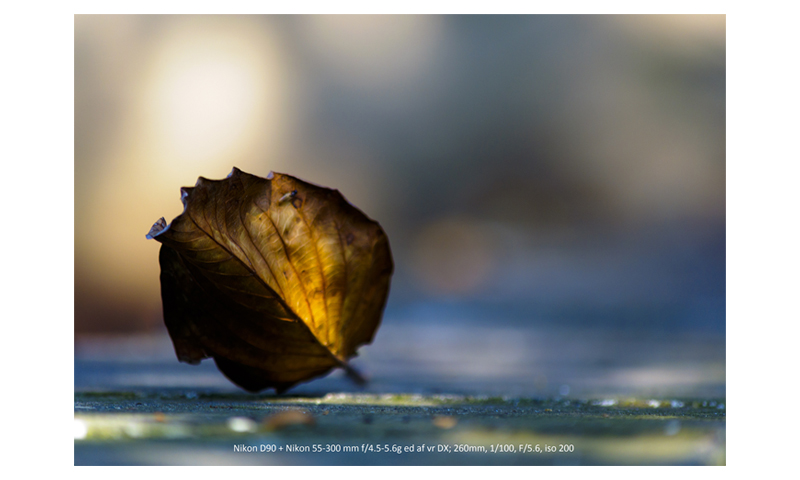Today we’ll talk about the bokeh effect in photography.
From the Japanese language, the word «bokeh» is translated as blur. In photography, this term is used to describe how the lens displays points that are out of focus.
The term «blur» is not entirely technical, but it is as appropriate as possible to describe what happens to an image outside the focus area.
When photographing, we focus on the objects of interest to us. The camera sharpens only those objects on which the lens is focused. All other objects in the frame become blurry. The amount of blur varies.
The following parameters are responsible for the degree of blur (bokeh):
• Focal length of the lens;
• Minimum focusing distance;
• Diaphragm;
• Optical design of the lens.
The focal length of the lens. The longer the focal length of the lens, the more the background is blurred. And vice versa: the shorter the focal length, the less it is blurred.
Minimum focusing distance. The closer the lens is focused (mdf), the more the background will blur. And vice versa: the further he focused, the less blurry the background will be.
Diaphragm. The smaller the aperture number of the lens (F — more aperture) — the more blurred the background. And vice versa: the larger the aperture number (F-less aperture) — the less it is blurred. The number of aperture blades when closed affects the shape of the resulting bokeh — from polygons to circles in the out-of-focus area.
The optical design of the lens. The optical design of each lens forms its unique signature.
Thus, bokeh is a correct demonstration of blur. It can also be part of the composition. Bokeh makes photography more artistically appealing. However, you should not get carried away with it, since «everything is good in moderation.» And remember that the beauty of bokeh is subjective.
.

